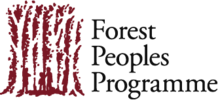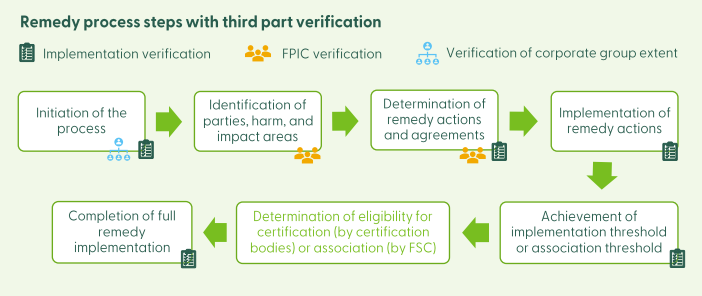
The Forest Stewardship Councils Remedy Framework
This page is a resource hub for FPP and partners’ work on the FSC Remedy Framework. It provides information that is accessible to communities on the Remedy Framework process, and is not to be taken as specific legal or other advice. You can refer to FSC’s official Remedy Framework documentation for more information. FPP will continue to monitor the implementation of the FSC Remedy Framework. This page was last updated on 28th October 2025.
What is the Forest Stewardship Council?
The Forest Stewardship Council (FSC) is a global, non-profit organisation that promotes responsible forest management worldwide.
FSC develops and maintains standards for responsible forest management and has certified over 160 million hectares of forestry operations across the globe. If companies follow these standards, they can get certified by the FSC. Their products can then carry the FSC label, which allows buyers to see that their purchases are sourced from responsible forestry operations.
Companies, (as well as Indigenous peoples, NGOs, and concerned individuals), can also join the FSC as members, meaning that they can participate in processes to help set the policies of the FSC.
However, if a certified company is no longer following FSC standards, they can lose their certification and their products will no longer carry the FSC label. Companies consistently violating the FSC’s rules can be disassociated from the FSC.
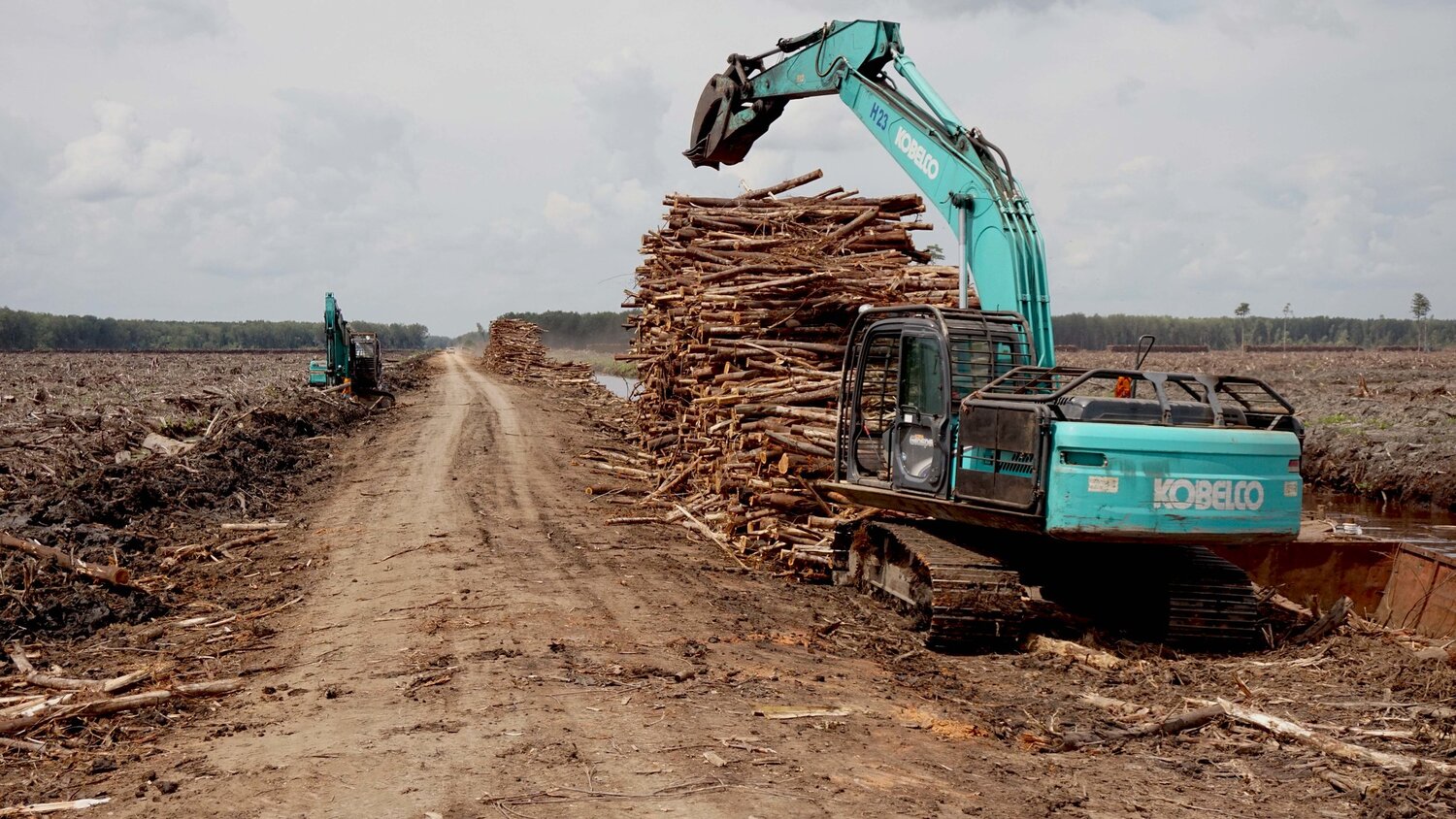
What is the Forest Stewardship Council's (FSC) Policy for Association?
FSC’s rules outline six unacceptable activities; any company that engages in such activities can be disassociated from the FSC, meaning that any formal relationships it had with the FSC will end.
These activities are:
- Deforestation
- Destruction of High Conservation Values
- Illegal logging and illegal trade of timber
- Human and traditional rights violations
- Workers’ rights violations
- Use of genetically modified organisms
Disassociation is the last resort taken by the FSC Board after other attempts to address concerns, including mediation or investigation, have failed. It results in the suspension of any FSC certificates and trademark licenses the organisation holds. Ending the disassociation requires the organisation to complete an agreed-upon remedy process.

What is Forest Stewardship Council's Remedy Framework?
FSC's Remedy Framework provides a set of steps for companies to follow to address past social and environmental harms caused by unacceptable activities or forest conversion. Successfully completing the Remedy Framework means that companies that were disassociated from the FSC may be eligible to become associated again with the FSC.
The Remedy Framework provides a verified process for companies to develop and implement remediation plans, through measures like conservation, restitution, and compensation, while ensuring transparency and promoting restoration. The framework is based on UN Guiding Principles on Business and Human Rights and requires the Free, Prior, and Informed Consent (FPIC) from affected communities.
If implemented correctly, FSC’s Remedy Framework could be groundbreaking, leading to remedy for thousands of communities who have been harmed by forestry companies previously associated with the FSC.
More information about the FSC Remedy Framework can be found on the FSC website.
The Remedy Framework on paper
The Framework requires companies seeking to get back into the FSC system to restore and conserve forests on a more than 1 to 1 basis, and, crucially, make remedy for all ‘social harms’ associated with their unacceptable forestry activities. These social harms include land grabbing, destroying forests that are vital to communities’ livelihoods, polluting water sources, and criminalising community members who are standing up for their rights, among many other harms.
According to the Framework, identifying these harms and agreeing remedy to them requires multiple rounds of consultation and negotiation with affected rightsholders. At each stage, rightsholders have the opportunity to give or withhold their Free, Prior and Informed Consent (FPIC) to what has been proposed.
According to FSC materials on the Framework, a ‘key pillar’ is the fact that it is ‘rightsholder-centred’ and that ‘FPIC is a central concept’. It includes a series of ‘FPIC Gates,’ where a third-party verifier must independently verify whether FPIC was given before the company can proceed to the next stage.
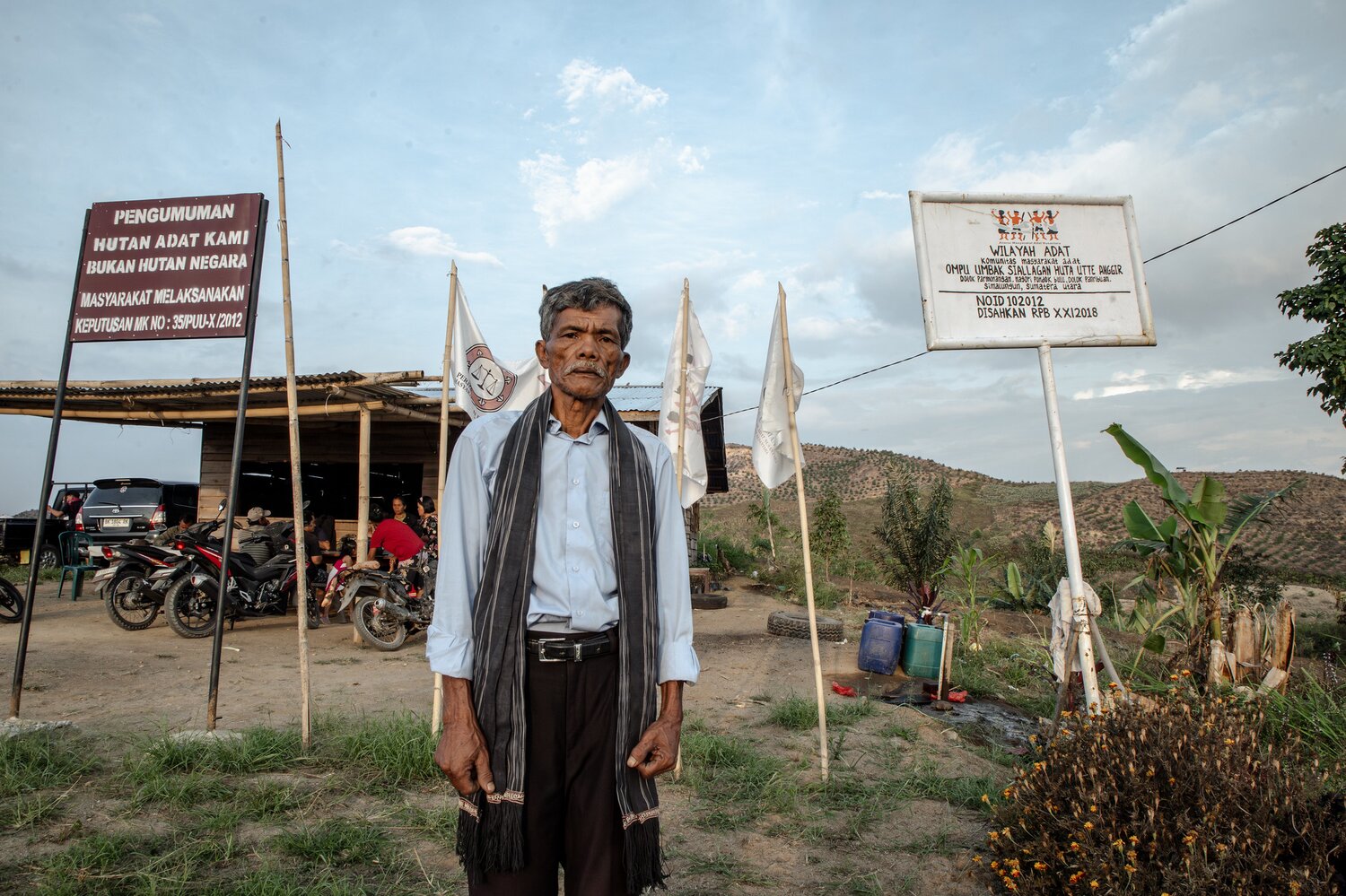
The Core Steps to the Remedy Framework
1. Initiation of the process
- The disassociated organisation or corporate group formally expresses its intent to engage in the FSC Remedy Framework to regain FSC association. This triggers an initial review by FSC, which assesses whether the organisation is eligible to enter the process based on past violations and current corporate structure.
- At this stage, FSC also determines whether the case qualifies for an extended scope, for example, when the harm caused is especially serious and affects multiple parts of the corporate group. In cases where the harm caused is especially serious or widespread, FSC can apply a broader definition of which companies are responsible. This newer definition looks at who actually controls the companies involved, not just who owns them, so that more parts of a corporate group can be held accountable.
- If deemed eligible, FSC enters into a Memorandum of Understanding (MoU) with the organisation. The MoU sets the foundation for the remedy process, with key details set out in a Remedy Roadmap outlining timelines, roles, and reporting requirements.
- The corporate group then prepares FPIC processes, grievance mechanisms, and safeguards against corruption.
For communities
You can find out if a company has started the Remedy Framework Process, and what stage they are at on this page: FSC Current Remedy Cases
2. Identification of parties, harm and impact areas
- An Independent Assessor (IA) conducts the baseline assessments. They must be both technically qualified and demonstrably impartial. The assessor must be approved by FSC and must not have any conflict of interest with the organisation under review.
- The corporate group or company identifies the affected areas. The Third Party Verifier (TPV) must verify these areas and verify that FPIC was respected during the identification of the areas.
- The Independent Assessor identifies the impacted rightsholders. The TPV then verifies this step, and that FPIC was respected during identification.
- Once the environmental and social harms have been identified through mapping, community engagement, FPIC verification and evidence gathering, the baseline assessment is then completed.
For communities
You can contact FSC if you believe that the Independent Assessor that has been contracted is not qualified to conduct the assessment or is not independent.
For communities
The assessor should visit your community in person, giving information about the Remedy Framework and what it means. All decision-making should be done in line with community customs. The assessor should not just meet with a single or handful of representatives in an urban setting.
If your community agrees to participate in the social baseline assessment, the assessor should share a draft of their report with you so you can make edits before they finalise the social baseline assessment. The assessor should ask you what you consider to be the priority harms, which they will include together with the results of the baseline assessment in a Harm Analysis Report.
3. Determination of remedy actions and agreements
- Based on the baseline assessment findings, the organisation must develop a Remedy Plan, aligned with FPIC and negotiated with and accepted by affected rights-holders, which FSC must approve. The negotiation stage may require several rounds of negotiations between each impacted community and the organisation, taking place over several months.
- As part of this process, the organisation must set up a Core Dialogue Group which will include representatives from impacted communities and will advise on the process for agreeing and implementing remedy.
- The Third-Party Verifier is involved at several critical stages after the Baseline Assessment, to assess whether the Remedy Plan is complete, credible, and aligned with the FSC Remedy Framework; confirms it is proportionate to the harms identified in the Baseline Assessment; and ensures it reflects meaningful engagement with and acceptance by affected rights-holders.
- A Verification Report is then submitted to FSC prior to approval. During implementation, the verifier may also be called upon to check that activities are being delivered as agreed, that FPIC processes remain in place, and to provide interim reports or clarifications if the plan is adjusted.
For communities
The Company will contact you to discuss and agree on a plan to negotiate remedy for the harms listed in the Baseline Assessment.
Impacted communities have the right to access expert advice and ongoing support to assist them to participate fully and effectively in each stage of the remedy process. Communities can insist that this assistance is provided by a group and experts that they trust.
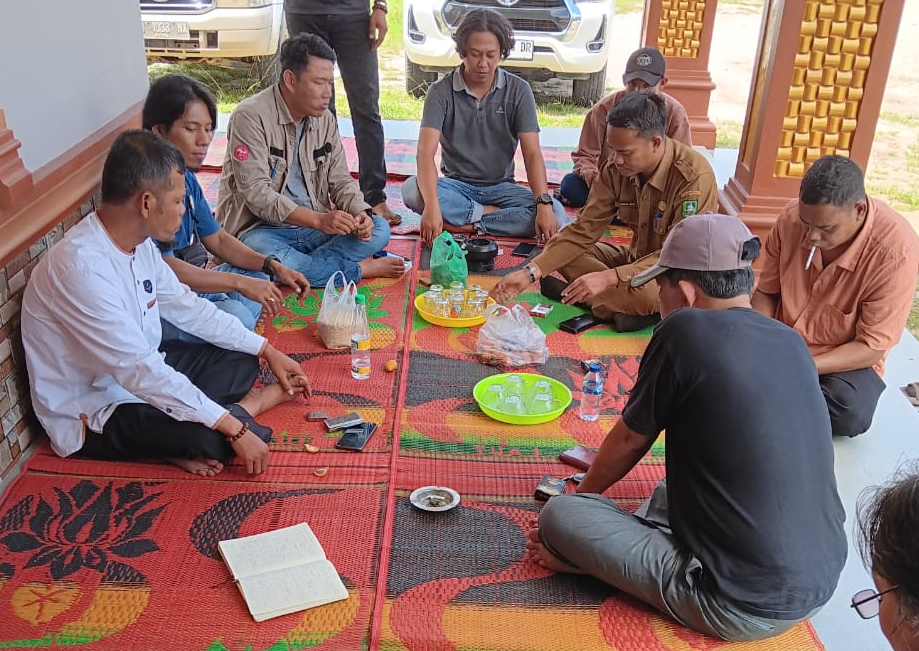
4. Implementation of remedy actions
- The organization then implements the agreed remedies (e.g. land return, restoration, compensation), while continuously engaging rightsholders. Progress must be documented and shared with communities throughout this process.
- During implementation, the Third-Party Verifier may be engaged to check that activities are being carried out in accordance with the Remedy Plan, confirm that FPIC processes remain in place and that rights-holders are kept informed and involved, and provide interim reports or clarifications if any adjustments to the plan are made.
For communities
The Independent Assessor should provide you with a copy of the Remedy Plan, and as it progresses you can see what stages have been completed, whether any changes have been made and what stages require FPIC from your community. You should be able to access this information at all times, and the Independent Assessor must provide you with simple ways to access this information.
5. Achievement of implementation threshold or associated threshold
- Once the Remedy Plan is completed, the Third Party Verifier carries out a final, independent verification to assess whether all commitments have been fulfilled, and confirm that the remedies were effective, proportionate, and accepted by affected communities. This includes checking that all ‘priority social harms’ have been remedied, which is the ‘threshold’ for re-association. The TPV then submits a Final Verification Report to FSC to inform its re-association decision.
For communities
The Independent Assessor must ensure that you have accepted the remedies made by the company.
6. Determination of eligibility for certification (by certification bodies) or association (by FSC)
- FSC reviews the Third-Party Verifier’s report to determine whether the organisation is eligible for re-association. If FSC grants re-association, the organisation may then pursue FSC certification, subject to a separate evaluation by an accredited certification body.
7. Completion of full remedy implementation
- Completion of full remedy implementation is considered only once all obligations have been met to the satisfaction of affected rights-holders and FSC. This includes all the non-priority social harms that were also identified as part of the remedy plan. Once these are also remedied, this marks the formal closure of the remedy process.
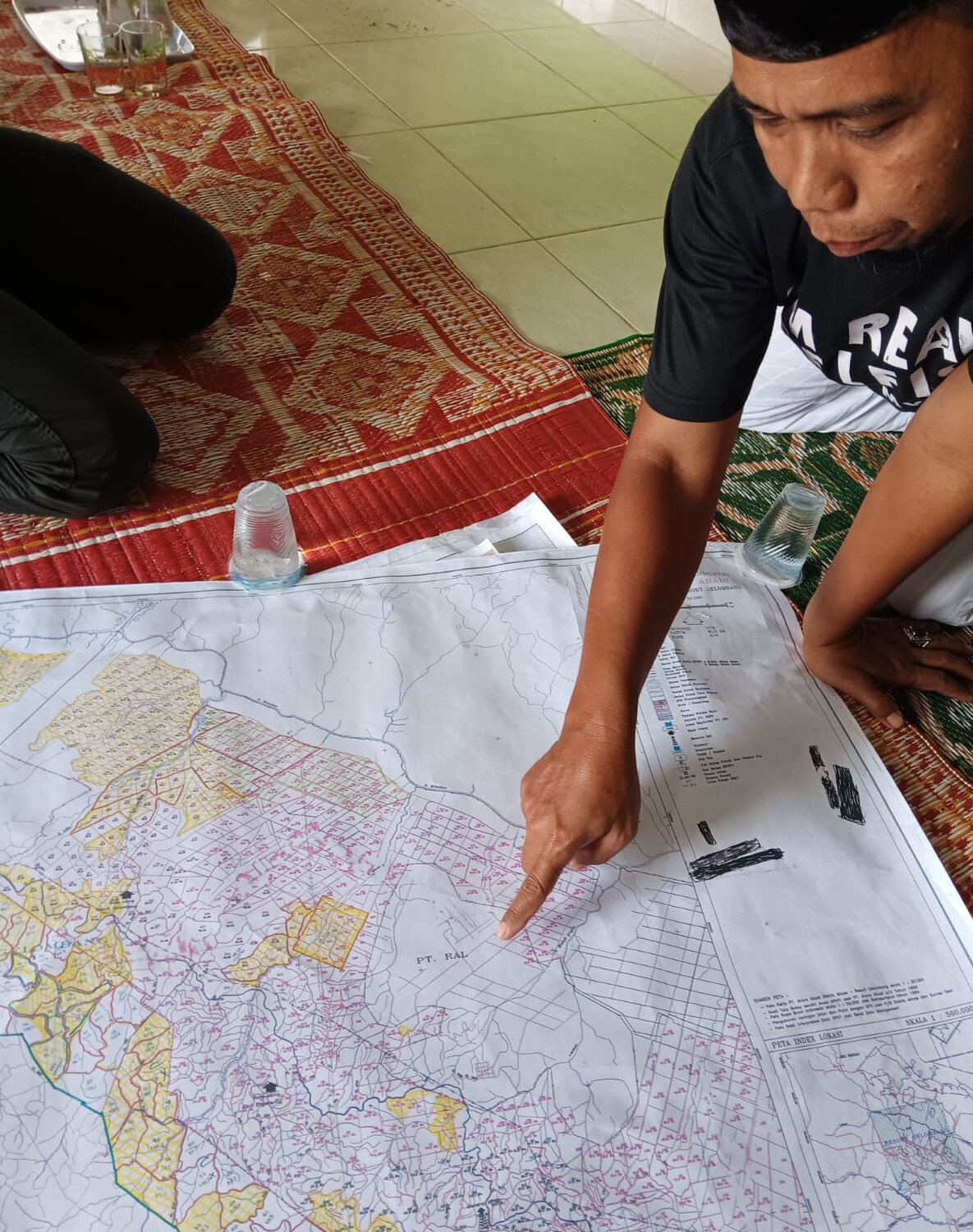
Observations on the Remedy Framework Implementation
FSC and the Remedy Framework
Forest Peoples Programme has been working with communities affected by forestry activities in Sumatra and Kalimantan, Indonesia, for nearly 20 years. Since 2022, we have been closely monitoring the implementation of the FSC Remedy Framework, and we have serious concerns that it is not being carried out according to the Framework’s requirements. Although the FPIC requirements are clearly stated in the Remedy Framework, there have been very long delays in publishing a promised detailed guide on how the right to FPIC should be upheld by all the parties involved.
Two large Indonesian plantation companies are undertaking the Remedy Framework to regain membership of the FSC. These are Asia Pacific Resources International Holdings Ltd (APRIL), which is a part of the Royal Golden Eagle (RGE) conglomerate. APRIL’s MoU with FSC was suspended in September due to violent conflict with an indigenous community in one of RGE's operations in North Sumatra. The other company is Asia Pulp and Paper (APP), which is part of the Sinar Mas conglomerate.
APRIL and the Remedy Framework
FPP has been working with APRIL-impacted communities since 2007. Before the inception of the Remedy Framework, we worked with some of these communities to draw attention to the customary rights that APRIL would have to uphold in applying the framework.
What we have observed in APRIL’s implementation of the Remedy Framework since then is deeply concerning. Key steps in the Remedy Framework are being omitted. FPIC is neither being carried out nor verified. The extent of customary rights is not being detailed through participatory mapping. Meanwhile some communities are still being targeted by company security personnel and the police for standing up for their land rights.
Even after we raised concerns about these matters throughout 2024, no action was taken and instead the ‘Independent Assessor’ who applied this flawed approach in carrying out the Baseline Assessment of social harms in North Sumatra has been contracted again by FSC to assess the impacts of RGE operations in Kalimantan.

APP and the Remedy Framework
APP’s baseline assessment process had been suspended in January 2025 while FSC reviewed which companies are part of its corporate group. The suspension was lifted in July 2025. APP is now also beginning the baseline assessment stage of the Remedy Framework.
FPP has been supporting APP-impacted communities since the 2000s. More recently we have worked with two groups of forest peoples (The Sakai and the Melayu) to clarify how the Remedy Framework should address their land rights. We have not yet carried out field reviews since the baseline assessment started.
We will be continuing to monitor this process and shed light on where the implementation on the ground is not following the Remedy Framework’s process.
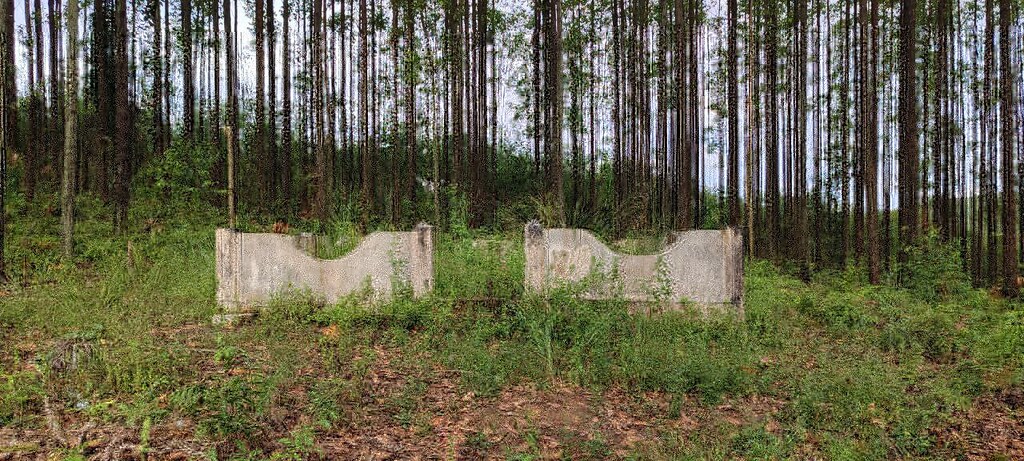
Resources
Below you will find key resources that highlight our findings. These will be updated as our work continues.
Challenges for the FSC Remedy Framework Social Baseline Assessment Process: Case studies
In November 2024, FPP and local partners conducted field visits to nine communities affected by past FSC standard violations in North Sumatra, Riau, and East Kalimantan.
This investigation revealed significant challenges in how the seven-part Remedy Framework process is being applied in practice.
FSC remedy implementation; voices from affected communities.
In the following video, communities in Sumatra harmed by APRIL comment on the FSC Remedy Process.
More information
Mongabay – Hope and Frustration as Indonesia pilots FSC’s logging remedy framework
